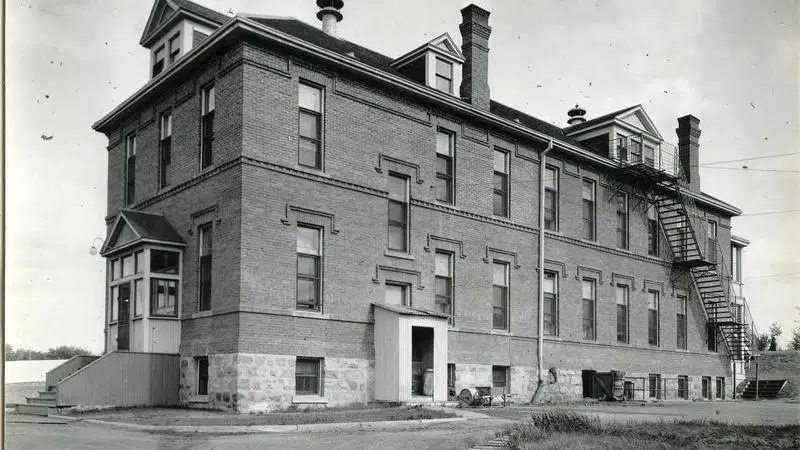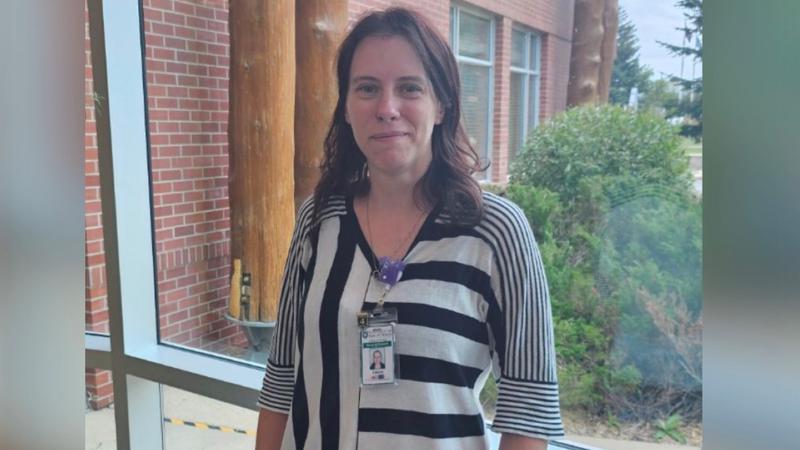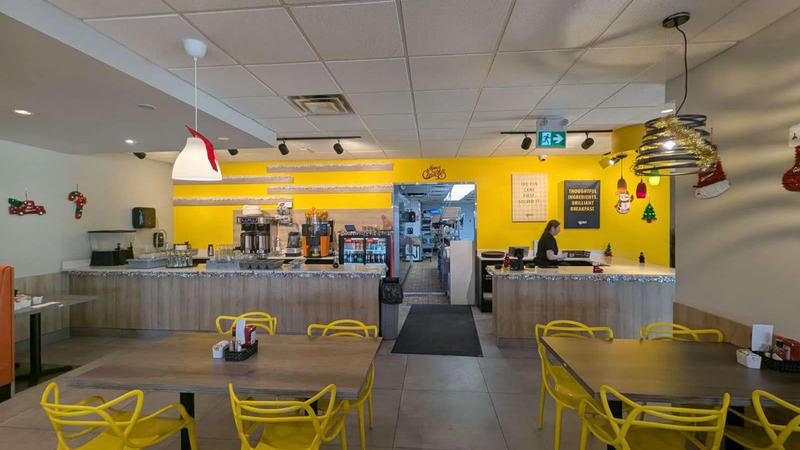
Local historian looks back on Spanish Influenza amid COVID-19
Over a hundred years ago, locals were also learning the benefits of social distancing and washing vigorously in the fight against Spanish Influenza.
Fred Payton, a board member with the P.A. Historical Society, used a number of historical records along with the research from others to find out about what life was like during the epidemic in 1918. Payton said he unearthed some fascinating information. Some facts which Payton, who has spent over 30 years working in federal corrections, found interesting was what the flu meant for those behind the walls.
“There was no mention whatsoever of any kind of impact on the provincial jail or on the penitentiary,” he said.
However, during his research Payton found the asylum for the insane in North Battleford was impacted in a big way. He said at the time of the Spanish Flu there were over 1,000 people, both patients and families of workers living on the grounds.


